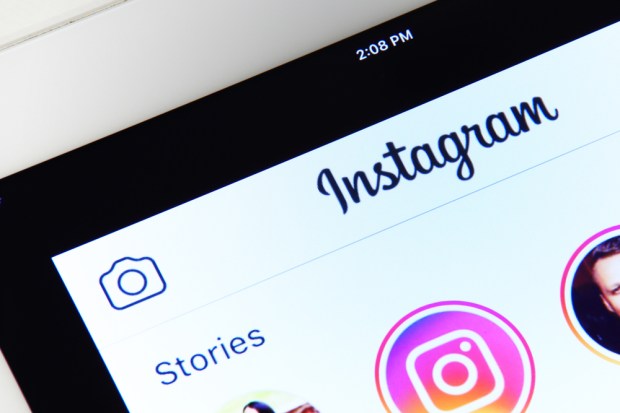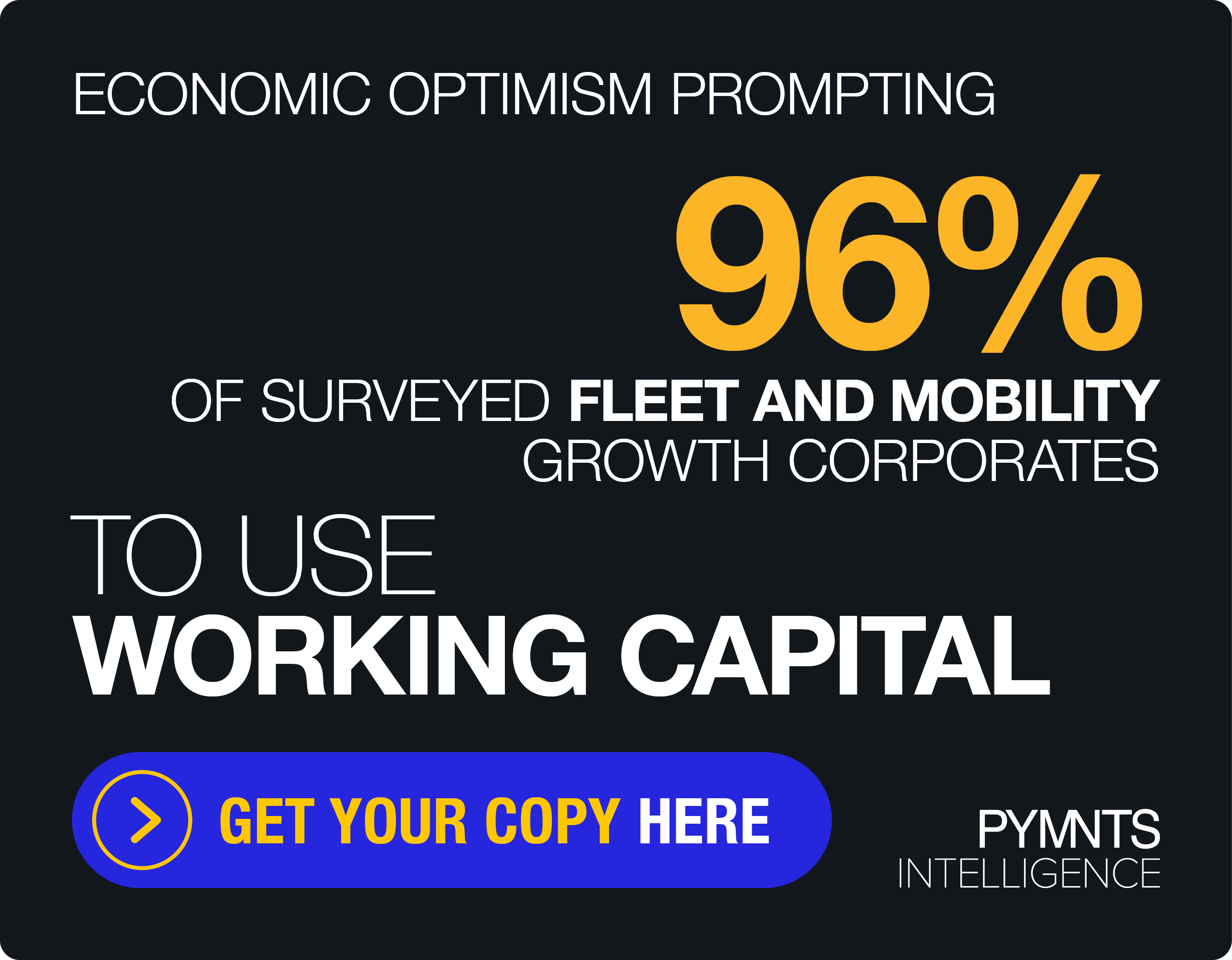Instagram Talks New Shopping Features And Why It Doesn’t Have A Buy Button

Location, location, location.
Even people without a mind for business remember that motto as one of the guiding principles of retail and other forms of commerce — absorbed, perhaps, in a high school class or via any number of articles, TV shows, commercials or bits of pop culture that have riffed on that theme. (Location, in fact, is one of the major themes of those enduring if not-quite-honest HGTV home-buying and property-renovation shows, is it not?)
That still holds true, of course, but these days, location increasingly means bringing the store to the consumer — and offering product browsing and shopping opportunities even when consumers aren’t explicitly shopping.
Indeed, that is one of the main ideas behind Instagram’s recent move to offer three new ways for users of the Facebook-owned photo-sharing social media platform to discover products. PYMNTS recently caught up with Paige Cohen, manager at Instagram to learn more about Instagram’s updates to their shopping features.
“Our goal is to help businesses and people find each other, and our goal with retailers in particular is to build one of the best, most comprehensive set of business tools on mobile including tools that help them create, share, target, sell and grow,” Cohen said.
Mobile Bridges
The new features from Instagram (described below) come at a time when mobile is becoming increasingly important to both consumers and retailers — providing opportunity for platforms such as Instagram that can put those two parties together, and do so in ways that more precisely match what consumers might be in the market for. The most recent mobile commerce developments, along with other research and data about retail trends, are found in the new PYMNTS “Checkout Conversion Index.”
Data from that report tell a story that would seem to support the latest Instagram mobile and digital commerce push, or similar efforts.
Take the consumer segment known as Bridge Millennials — 29 million strong, they are between the ages of 30 and 40, and have grown up using connected devices and represent the first generation of connected consumers with spending power. Nearly 30 percent of them use smartphones for purchases, and in return, they expect what the report calls “a seamless and frictionless shopping and payments experience when they use their phones to shop and to pay — putting pressure on merchants to go the extra mile to earn their business.”
And you can bet that younger consumers will expect the same, which means that merchants will have to work even harder to reach them whenever and wherever they want to shop — providing even more opportunities for platforms with the skills and smarts to connect consumers and retailers in ways that are contextual, on shoppers’ own terms, and enabling them to discover products.
Instagram Role
The new Instagram features offer some examples of how that could work in a mobile environment.
As reported by PYMNTS earlier, the company has announced Explore, a shopping channel that lets users shop from the brands they follow as well as find new brands. Instagram also has added the ability to save to a new shopping collection which means if users come across a must-have item they can save it to their Shopping collection to revisit later.
Users can also tap a product tag in Stories or Feed, tap the Save icon and save it to their Shopping collection. Instagram also announced a redesign of the Shop tab on business profiles so users can quickly view all the products featured in their shopping posts. When visiting a business profile, users tap on the Shop button to see product information such as the item name, price and the post featuring the item.
Instagram users can also now shop in videos from the brands they follow. When users see a video in Feed from a brand they follow they can tap the shopping icon in the bottom left corner to reveal the featured products and learn more about them.
Window Shopping
So what’s specifically behind these new Instagram eCommerce features?
“We found that people use Instagram to window shop; they don’t always come looking for a specific item, but instead to have fun and discover new brands and new products — they see shopping as a hobby, a social and entertaining experience,” Cohen told PYMNTS in the recent interview. “Therefore, we are focused on making it easier and more fun for people to discover and learn more about products on Instagram, whether they stumble upon something they love or simply want to browse.”
That said, Instagram is not offering its users the ability to do payments while shopping on Instagram. “We made a conscious decision not to build a buy button,” Cohen said. At this time, “We’re focused on making it easier for people to discover and learn more about products they find on Instagram. In the future, we’ll continue to identify places we can reduce friction throughout the buying process.”
Less Friction
Dealing with friction stands as vital work for any company engaged with eCommerce, as the PYMNTS Checkout Conversion Index demonstrates. It found that, on average, it takes 22.1 clicks to complete an online purchase. As well, the average time it too, to check out from online sites stood at 2 minutes and 25 seconds in the second quarter of 2018 — that’s 12 seconds faster than was the case in the first quarter of 2018. And as the report noted, “We are witnessing a sharper focus on the implementation of friction-reducing features that enhance consumers’ mobile shopping experience.”
Along with making digital commerce — especially mobile — more seamless by removing the time-consuming barriers that stand in the way of purchases, companies such as Instagram recognize that good images help with selling, and with boosting consumer stickiness. “We have heard from many brands that Instagram is an important channel for reaching new and existing customers in a visual-first, immersive way,” Cohen said.
The holiday shopping season is a great time of year not only because it is so important from a revenue standpoint but because it serves as a testing ground for retail technologies and new commerce features. Winners and losers are about to emerge, but the new Instagram tools, combined with the findings of the new PYMNTS research report, at least give clear guidance on where things are headed in 2019.
